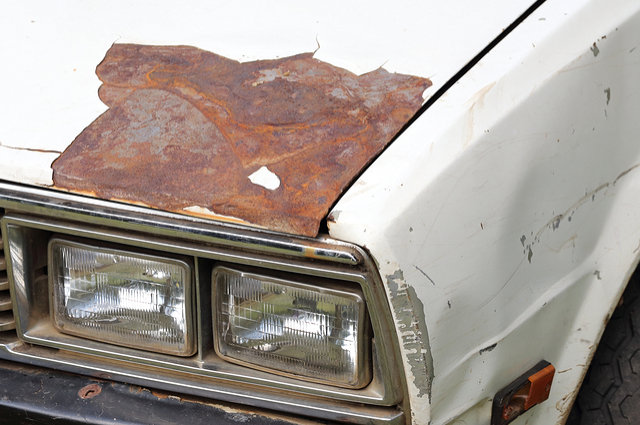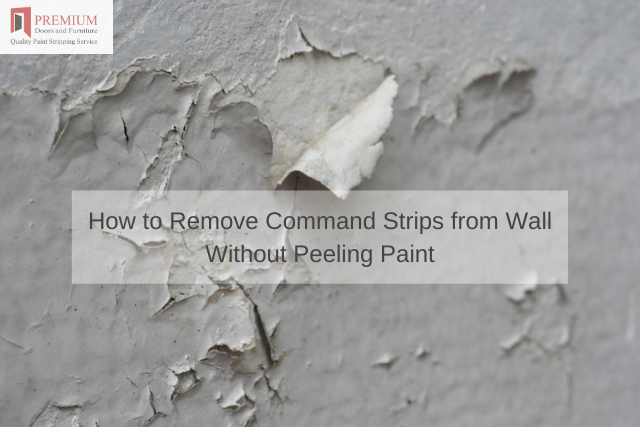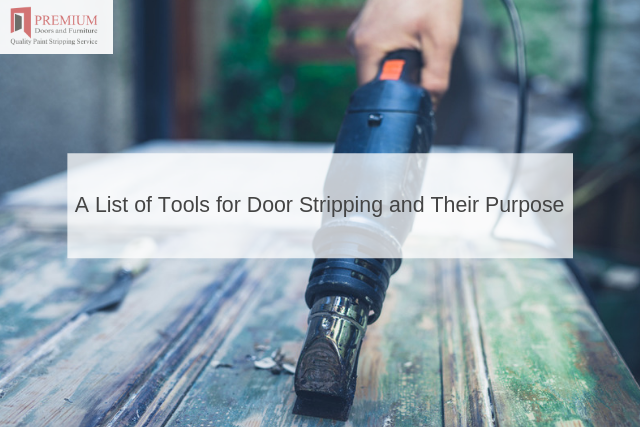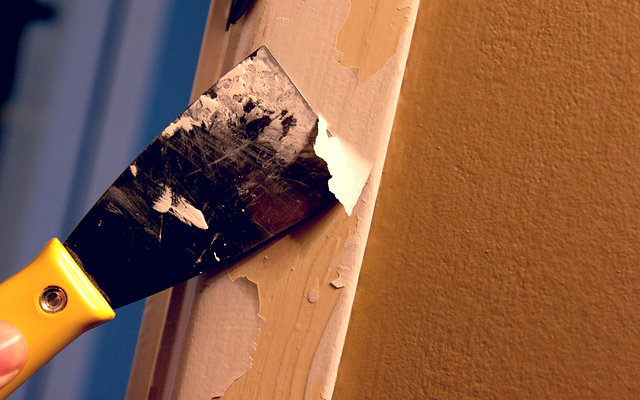A common and frustrating problem homeowners face is a cracked wooden door. The fix for this is often just as easy as the problem itself! Common causes include mechanical damage or temperature variations (particularly if the door is found on the exterior of your home).
However, many cracks can be repaired in order to avoid a more costly replacement.
What does this process involve? Let us quickly examine some professional suggestions.

Remove the door from its hinges
The first step of the process is to remove the door from its hinges. This makes it easier to work on and also allows it to be stored away until the door can be re-hung.
Never forget to take some photos of your doors’ pre-repair state – this will allow you to easily replace your door should there still exist any issues at a later date (i.e. if the same problem occurs again).

Sand down the damaged area
Using a belt sander, carefully sand down the damaged area to ensure it is as smooth as possible. This will also remove any splinters that may have formed due to previous splits in the wood.
Always wear protective gloves as well as safety glasses when using a belt sander. You should also clear away all nearby items to prevent them from being damaged.

Apply wood filler over the cracks in order to fill them in
Once you’ve sanded the door down, wipe it down with a damp cloth so it is nice and clean. Then apply wood filler over any cracks to fill them in – make sure not to over-do this as too much can cause you more work later on!
There is a wide range of wood filler available to buy from most DIY shops and online home improvement retailers.
You should apply the wood filler with a putty knife until it is smooth and levelled. Allow it to dry thoroughly for at least 24 hours.

Sand again with a belt sander
To achieve that smoother finish, sand the door again with a belt sander – this will remove all of that excess wood filler and ensure you have an even surface to start working on.
Apply the belt sander to the edges to ensure that they are smooth. To achieve this it may be easier to prop up the door with a few spare 2x4s and sander them until you’re happy with the finish.
For any paint stripping or restoration of your wooden doors, get in touch with us here at Premium Door Stripping. We specialise in restoring the beauty and integrity to all types of wood. Contact us for more information on how our services could help you preserve the natural beauty of your property.











